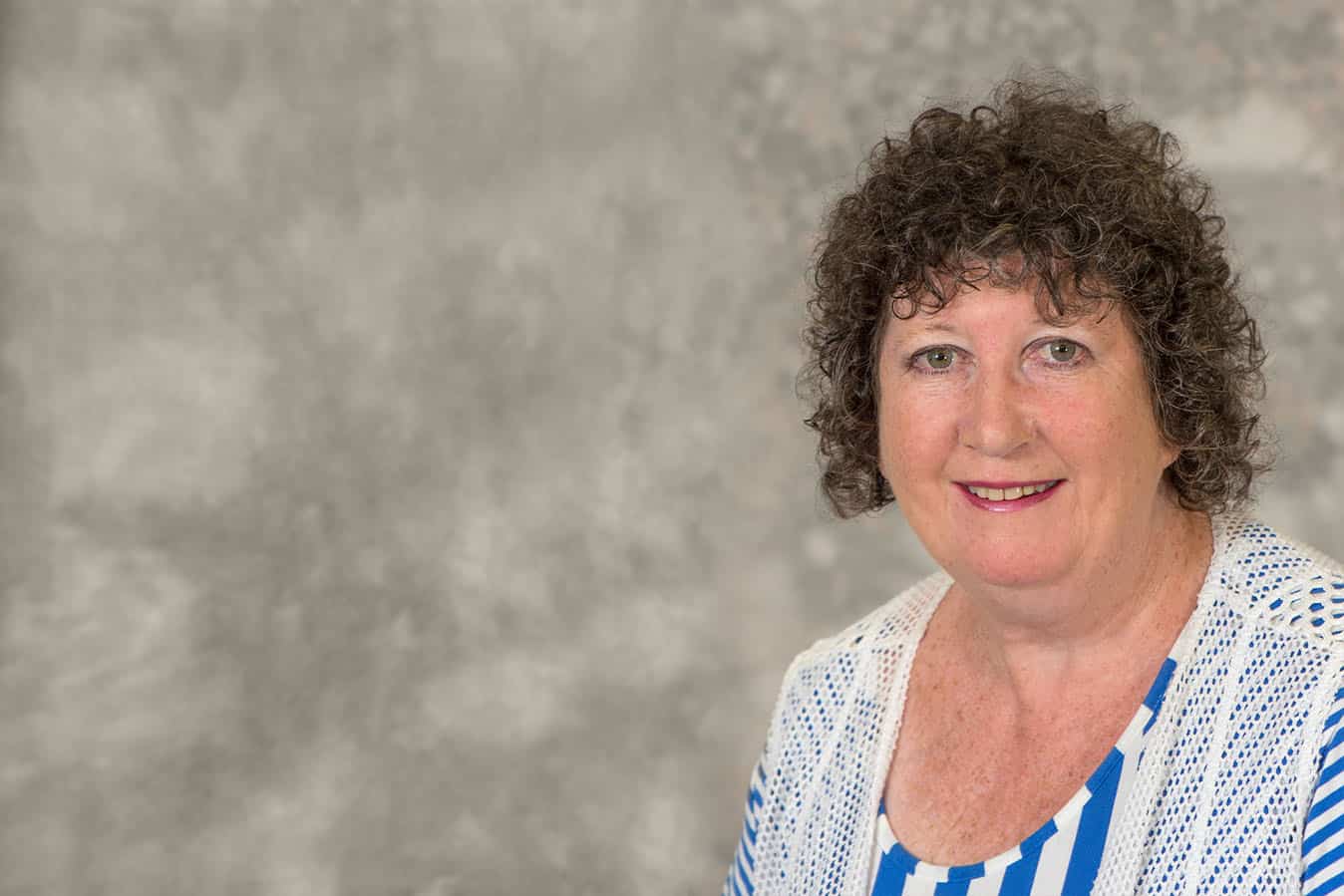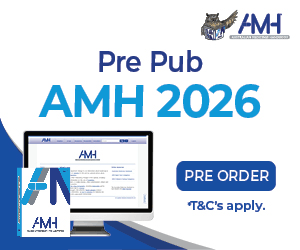Nurse academic Linda Starr has always been intrigued by crime. She likens her longstanding research into nursing and the law to reading a good thriller where you sit back and wait to see how the story unfolds.
Associate Professor in the School of Nursing and Midwifery at Flinders University in South Australia, Linda says nursing and the law are inextricably linked.
“The law underpins everything that we [nurses] do,” she explains.
“Even saying that we’re a registered or enrolled nurse or midwife is governed by a law that says if you meet certain criteria, and become registered with the NMBA you are entitled to call yourself a nurse or midwife. So, even our title is regulated, which demonstrates how pervasive the law is without us thinking every day that when we get up and go to work, that we’re actually operating under a law just by doing that.”
The ANMJ’s resident expert in the field of nursing and the law, Linda has written columns for the journal, exploring topical and important issues, for more than a decade.

“I’m always looking to find a case or an issue related to practice in newspapers, court or tribunal reports, or through tracking amendments in relevant legislation that I think is important and relevant to as many health practitioners as possible,” she reveals.
“It doesn’t have to be nursing or midwifery focused, because the critical incident and principles of practice are likely to be relevant to nurses and midwives even if it involved another health professional.”
“I hope that when nurses and midwives read the column they reflect on what they do, or what happens in their workplace, and either recognise where self or workplace practice could be improved or be satisfied that they are operating at a satisfactory level,” she adds.
“Hopefully it will reinforce the value of CPD and keeping up to date with what is safe practice.”
Hailing from South Australia, Linda became a nurse in the early 1970s and enjoyed working in many clinical areas in country and metropolitan hospitals. A decade later, she had the opportunity to move into education at the North West Nurse Education Centre in Whyalla.
Linda was fortunate that her colleagues were not keen on teaching law and she willingly took up the challenge and became hooked, going on to study law to boost her knowledge.
“I could see a link to health and nursing in nearly every topic in the law degree because it’s about people, people’s rights and advocacy, learning how to work through a framework, in this case a legal framework, of how what we do impacts on other people and how this framework guides us to prevent negative impacts on people, and promote wellbeing.”
These days, Linda works mostly as a nurse academic and a health law and ethics education consultant designing seminars to meet specific practitioner and workplace needs.
Common areas of interest are communication (documentation, confidentiality, social media) practice issues (medication management, restrictive practices, duty of care, consent and end of life issues) and conduct issues (bullying, harassment, professional boundaries, supervision and delegation). Communication is one topic Linda says regularly features in coroner’s court findings and tribunal reports.
“Whilst communication can reflect one’s duty and obligation in regards to meeting professional and employment standards in keeping good records, it can also reflect the standard of care that you’ve given,” explains Linda.
“Documentation is such a fundamental part of what we do and there is so much written about what happens if it’s not done correctly, yet, we just don’t seem to learn the lessons here. Many coroner’s cases that I’ve looked at have some comment about the poor standards of documentation and communication that has in some way contributed to the adverse outcomes of care. Flaws in this area range from poor detail to absent records, fraudulent entries, poor or absent photo documentation, and poor management of electronic records.”
After delving into nursing and the law for decades, little surprises Linda. However, cases such as those involving professional boundaries, concern her.
“The number of boundary violation cases continues to rise across the professions which is a concern given the education we have around crossing this line knowing the potential harm to the patient and to the reputation of the profession.”
Writing about health practitioners who have breached professional boundaries or failed to meet professional standards in some way can leave an impression that nurses and midwives make the news for doing the wrong thing. While in the minority, Linda believes these cases should be identified and openly discussed.
“If we’re not exposed to these issues, we’re missing opportunities to learn cues to identify at-risk situations.” Linda argues.
“It’s very easy, as human beings to explain away poor performance, or bad behaviour, or think I couldn’t possibly have seen or heard that, because we’re always looking for the good in people. However, failing to identify and manage poor behaviour does not help the practitioner and increases the risk of adverse outcomes of care.”
Crime has always intrigued Linda; in the early 1990s, she spent three months touring the United States looking at forensic nursing. She explored forensic nurses working as coroners, sexual assault nurse examiners, in death investigation, legal nurse consultants and those working with the forensic medical examiner where nurses have skills in identifying and collecting evidence to support the criminal justice system.
“Having a forensic focus never replaces your role as a nurse, where your primary purpose is caring for the individual, however, healthcare professionals are often the first to meet the client, giving them the opportunity to identify and preserve evidence that would otherwise be lost.”
When Linda returned to Australia, she began promoting and advocating for forensic nursing.
Flinders University then supported her to develop the first graduate certificate courses in forensic and correctional nursing in Australia.
Linda says forensic nurses in Australia primarily work as sexual assault nurse examiners and in corrections, noting that the recognition and development of the discipline has been slow but progressive.
“It’s not a mainstream area even though I would love to see it be. We’ve got some very dedicated forensic nurses across Australia who are very active and committed, working really hard at pioneering their own roles in forensic nursing.”
When Linda conducts a seminar on nursing and the law, she likes to remind people that whilst they’re going to look at many cases highlighting poor behaviour the reality is that every day, there are thousands of interventions performed by dedicated and competent practitioners that make a positive impact on patient outcomes across the country.
Ultimately, Linda considers professional codes and standards the benchmark for guiding nurses and midwives when it comes to doing the right thing.
“The best thing for nurses and midwives to do is to be familiar with your workplace policy and your professional codes and standards because that really is the framework that helps to set the expected standard of practice,” she says.
“I think we underestimate the importance of these documents and how they provide practitioners with a framework to guide their practice and give them the confidence and authority to do the work that they do.”








